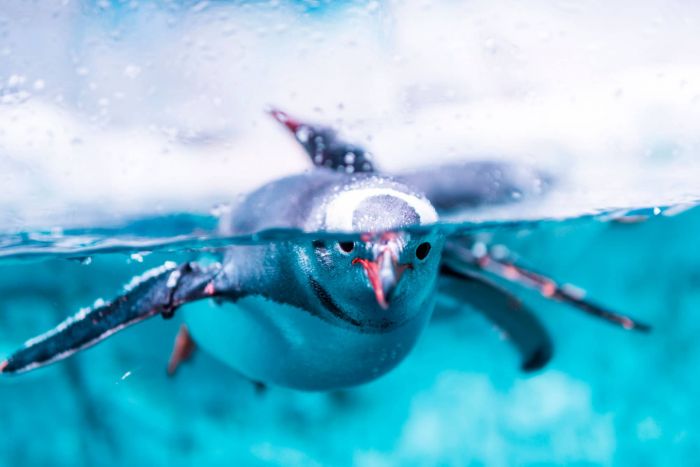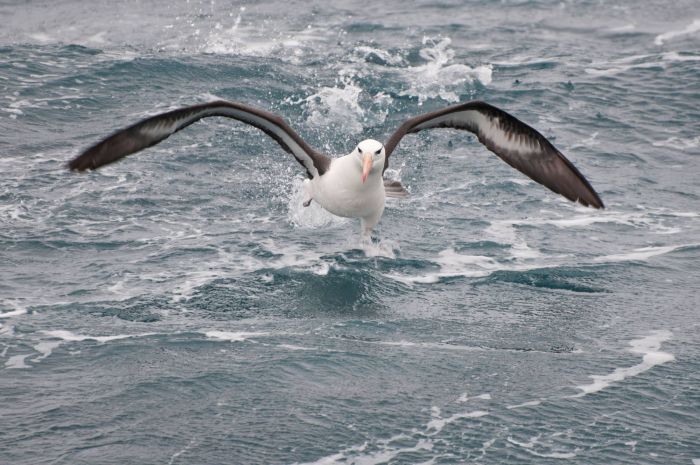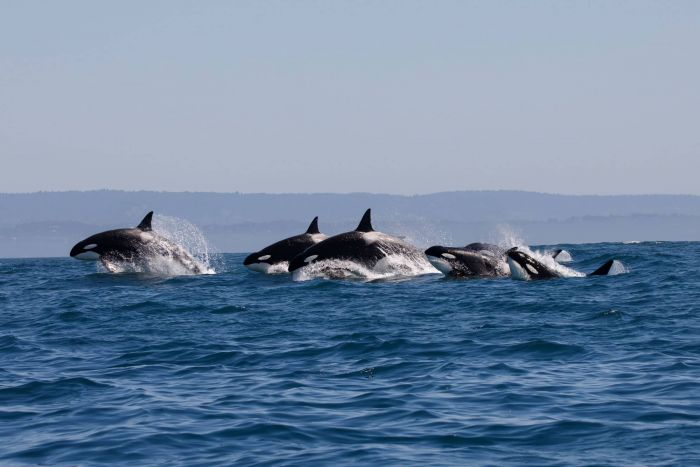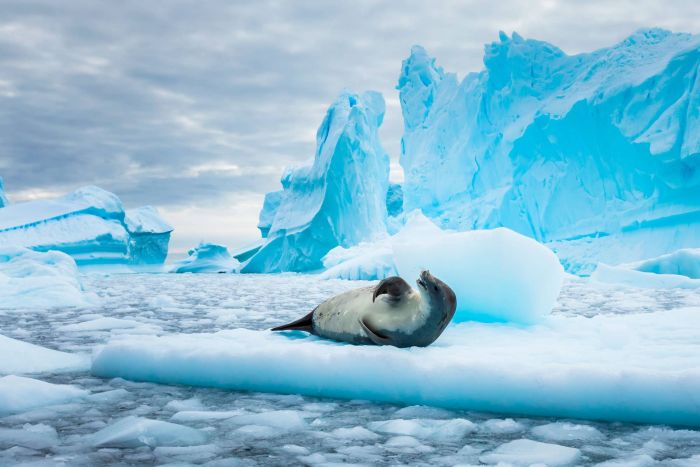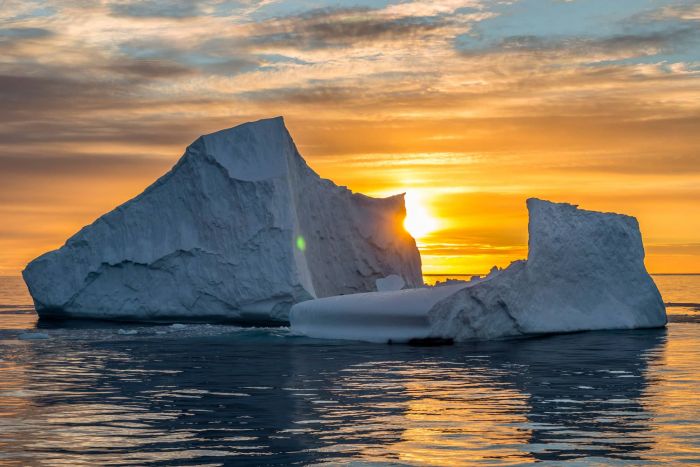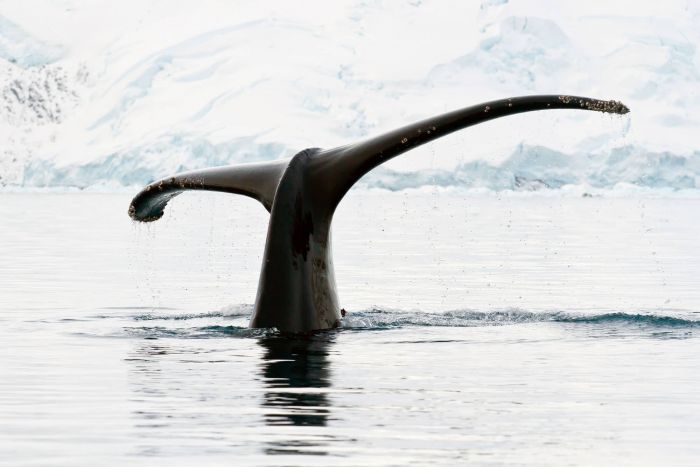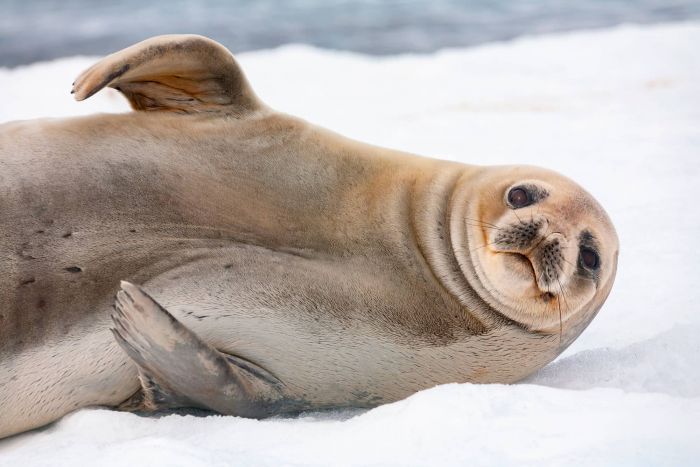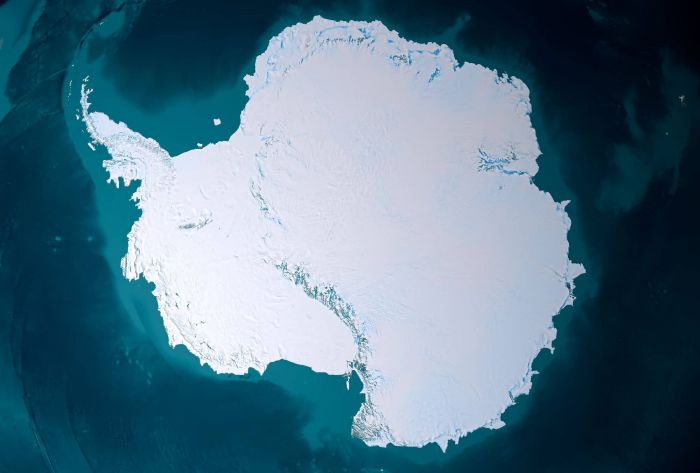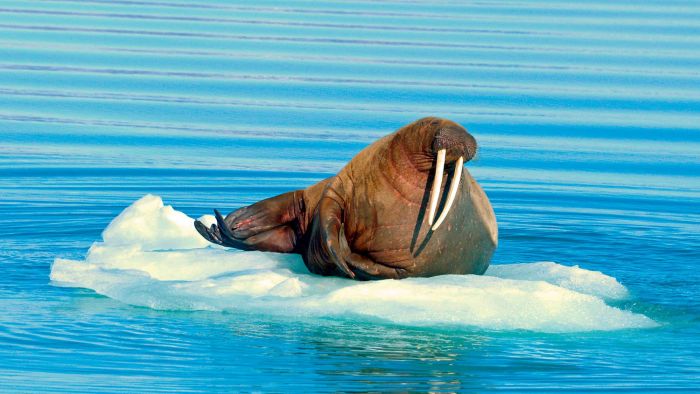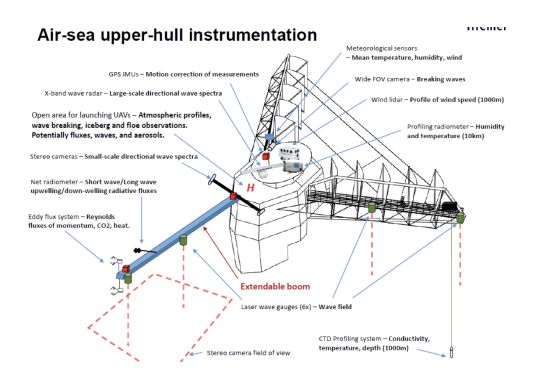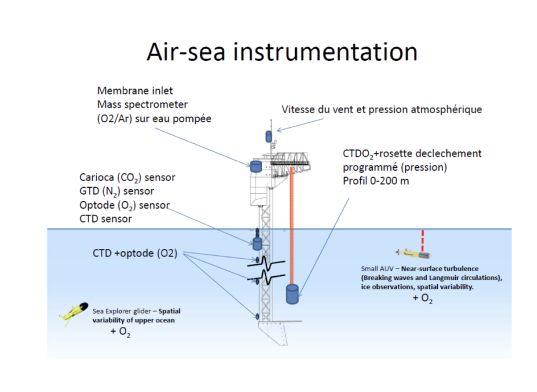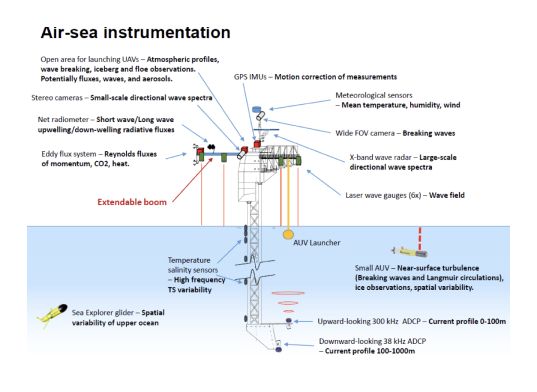Scientific presentation
Scientific Program

More than 100 researchers of 43 worldwide research institutions are involved in the Polar POD scientific program.
All data will be available to the entire scientific community as well as the general public, making the Polar POD an exceptional educational tool.
It will be an essential contribution to the program of the United Nations Decade of Ocean Science for Sustainable Development (2021-2030).
Four major research fields
-
The Southern Ocean (SO) is a very turbulent system and a key component of the climate system.
Despite covering only about 30% of the ocean area, models indicate that it is responsible for about 50% of the uptake of human-made (anthropogenic) CO2.
The ability of Polar POD to remain stable in energetic seas, will reduce air and water measurement platform interferences that usually affect air-sea exchange measurements conducted from large research vessels.
-
The Polar POD will be a far-reaching program for the validation of a large number of all year long satellite-derived measurements.
- Wind and wave assessments from space in high sea-state conditions.
- Ocean salinity estimations from space: the ocean salinity is a key component to determine ocean circulation.
- Monitoring phytoplankton from space, the first level of the food chain. Any alteration to its functioning will thus have profound consequences on Earth’s biogeochemical cycles and marine life.
-
The slow drift will generate low acoustic noise to provide an “acoustically clean” environment. Hydrophones will be mounted on the immersed part of the Polar POD. Acoustic measurements will teach us about the acoustic behavior of marine mammals and enable the constitution of a unique census of marine life. It will be a valuable result for the CCAMLR, the international commission in charge of the management of the fisheries in the Southern Ocean.
A radar will allow monitoring of the seabirds' distribution along the Polar Pod's path. Such radar can detect flying seabirds within 16 nautical miles (>2700 km2). High resolution cameras will then be used to describe the seabird community composition.
-
Although the Southern Ocean is the most remote ocean on Earth, a wide range of human-made pollutants have been detected in this region at various levels of the pelagic and benthic food webs: krill, plankton, fish, seabirds, marine mammals.
The Southern Ocean is almost the last terra incognita for contaminants. The targets of our investigations will be microplastics, organic contaminants and mercury.
Support the project with a donation
The Polar POD expedition is one of the stamp of the pioners, a human adventure coupled with a technological challenge, an oceanographic exploration never before carried out which will mark a milestone in the discovery of the oceans.
Thank you for your support !
